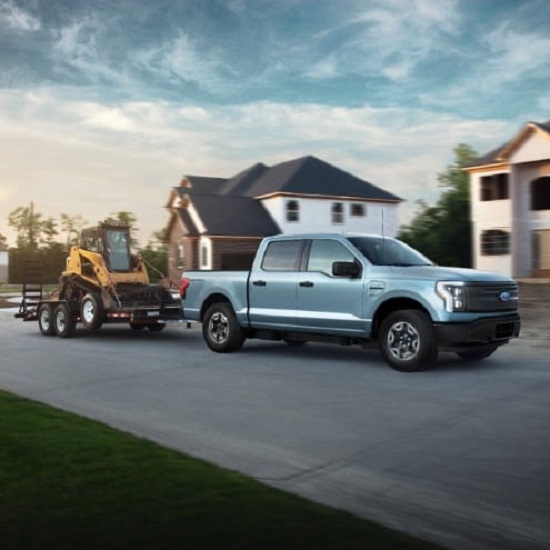StealthP3D
Well-Known Member
I came across this photo of a tarped Cybertruck last night. Real or fake, I'm not sure. I don't know much about this YouTube channel, but I believe they were at the Plaid event and do collaborations with Brooks from Drag Times. Is Tesla sending out a few trucks before the next unveiling?
It looks to be in "kneeling" mode, an under-recognized feature that's going to be a real game-changer in terms of loading and unloading speed and ease, especially difficult objects like motorcycles, lawn tractors, refrigerators and other appliances and even things like brush and firewood. Everyone seems to focus on the fact that the Cybertrucks side-wings make side-loading difficult but the truth of the matter is the sides of modern 1/2 ton pickup beds have become so tall that side-loading/unloading is almost never done anyway.
Last edited:





